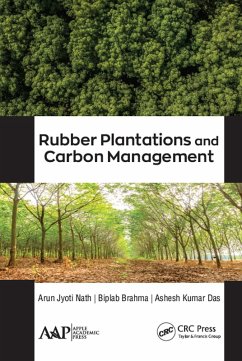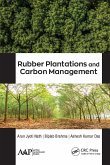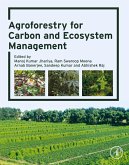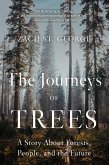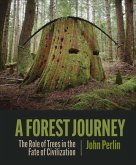Key features:
. Provides an understanding of the role of rubber plantations in carbon management
. Presents biomass models and biomass carbon stocks
. Explores the impact of land use changes on soil organic carbon
. Looks at ecosystem carbon sequestration
. Explores methods of allometric model development for different growth ages of rubber plantations
. Advances our knowledge of the global carbon cycle that will be helpful in studying changing environmental effects on other crops and plant products.
Dieser Download kann aus rechtlichen Gründen nur mit Rechnungsadresse in A, B, BG, CY, CZ, D, DK, EW, E, FIN, F, GR, HR, H, IRL, I, LT, L, LR, M, NL, PL, P, R, S, SLO, SK ausgeliefert werden.

